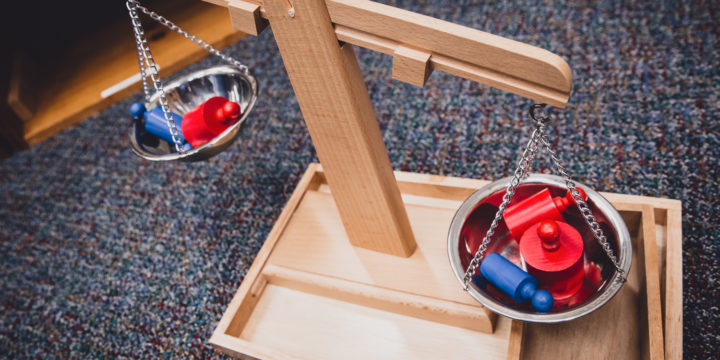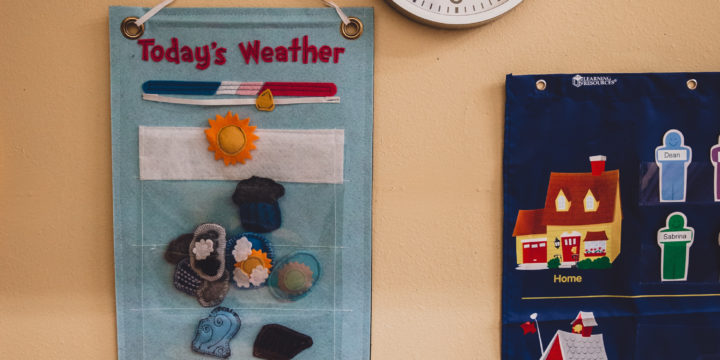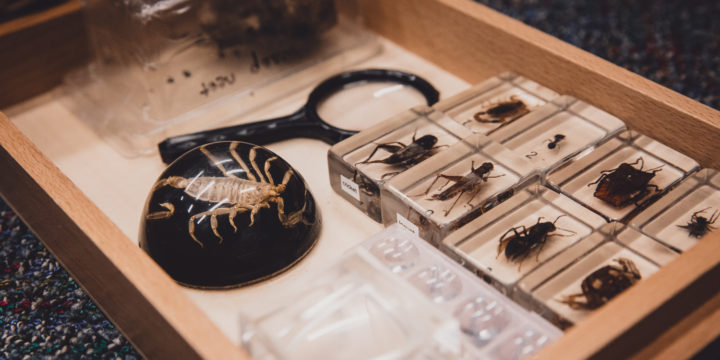



Myths About Montessori
Myth #1: Children in Montessori classrooms do whatever they want.
Truth: While Montessori suggests the adult should follow the child’s lead, it does not lack structure. Allowing the child to make decisions and have free movement within limits are two important Montessori principles. For example, children are allowed to choose what they will work on for the day but it must be work that has already been presented to them. Montessori classrooms are thoughtfully prepared with developmentally appropriate learning materials. The belief is that when children are given the flexibility and independence to explore what interests them, they are more motivated to learn. Thus, teachers act as guides in the classroom; they observe, help students delve deeper into topics that interest them, provide assistance when needed, and redirect when necessary. So, while children do move freely about in a Montessori classroom, it is not without purpose or structure.
Myth #2: Montessori is just a trend.
Truth: Montessori is not new to the educational world and has been around for quite some time. The educational philosophy of Maria Montessori was first introduced in the United States in the 1960s and has been spreading ever since.
Myth #3: Montessori schools don’t allow for play.
Truth: Montessorians refer to the child’s activities in the classroom as work. The children also refer to what they do in the classroom as their work. Montessori schools create environments, where children enjoy working on activities with grace and dignity. Montessori children often describe feelings of satisfaction and exhilaration upon completing tasks that we might have considered as only ‘play.’
Myth #4: Montessori doesn’t allow for creativity.
Truth: Creativity and imagination is working harder within a Montessori classroom, as students are given a treasure trove of real-life knowledge and facts to connect. They build, they engineer, and they create. It may not be a fantastical scene of mythical creatures, but it’s imagination at work. Montessori classrooms allow for safe self-expression through art, music, movement, and manipulation of materials and can be one of the most creative and satisfying environments for a child to learn to experiment and express his or her inner-self.
Myth #5: There is no structure in the Montessori classroom.
Truth: The Montessori classroom is very structured, but that structure is quite different from a traditional preschool. Montessori observed that children naturally tend to use self-selected, purposeful activities to develop themselves. The Montessori classroom, with its prepared activities and trained adults, is structured to promote this natural process of human development. Students new to the Montessori classroom, who may or may not have been in a traditionally structured school, learn to select their own work and complete it with order, concentration, and attention to detail. Montessorians refer to children, who work in this independent, self-disciplined way as ‘normalized,’ or using the natural and normal tendencies of human development.
Myth #6: Montessori schools are religious.
Truth: While Dr. Montessori was a deeply religious woman, her teachings focus on the social and neurological development of children, rather than focusing on religious teachings. Dubuque Montessori School has no religious affiliations.